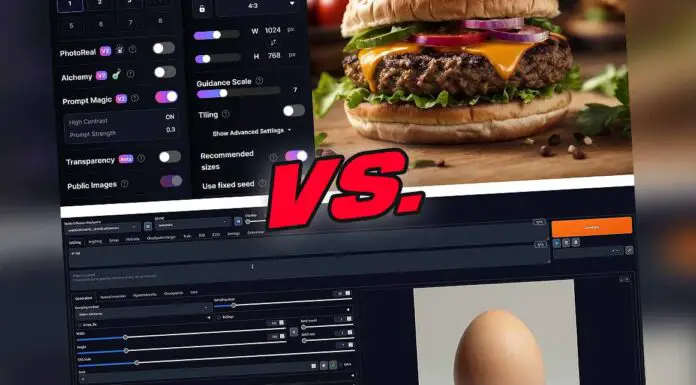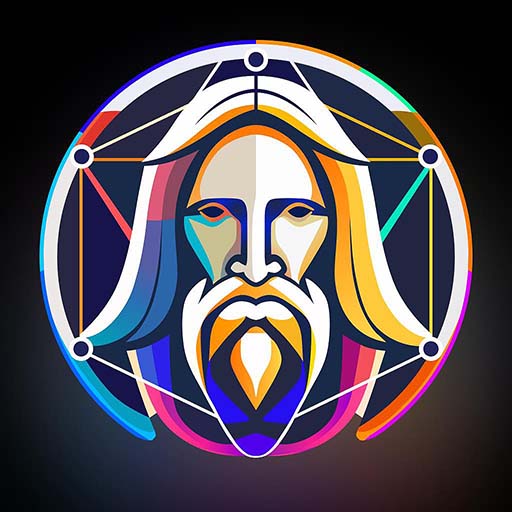Should you use the Leonardo.ai online image generation service over a base Stable Diffusion local installation? How do they differ, and what benefits you get with each? Having used both of these options for quite some time now, here is my quick answer to this question!
If you plan to sell the photos generated using Leonardo.ai, you really should read this: Leonardo.ai Review – Is It Worth Considering For Commercial Use?
Leonardo.ai vs. Stable Diffusion
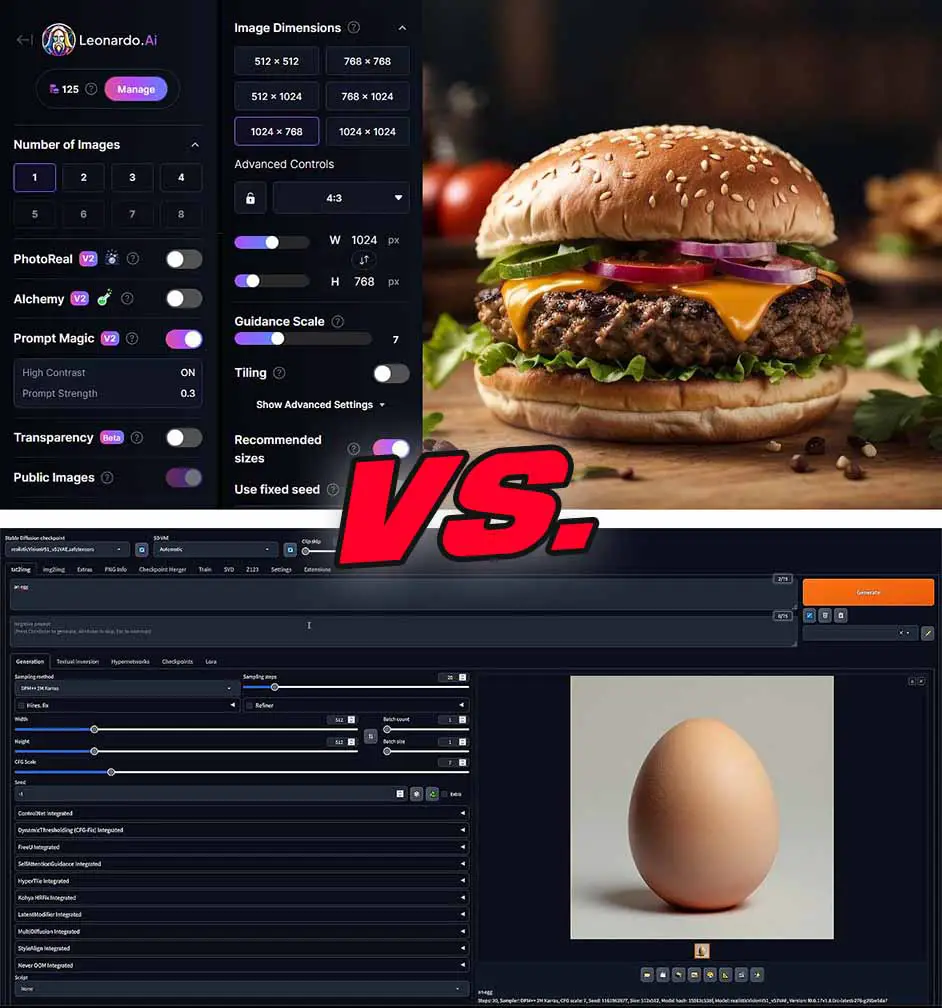
The situation is as follows: Leonardo.ai, as an image generation service utilizes various Stable Diffusion checkpoints (including their custom fine-tunings) as the basis for their image generation tool.
If you’re a beginner when it comes to AI image generation, Leonardo.ai offers quite a few important upgrades and quality of life features that the base and bare-bones local installation of local Stable Diffusion WebUI’s such as Automatic1111 WebUI or ComfyUI don’t have.
Leonardo lets you make use of their automatic prompt refinement solutions, models fine-tuned and made specifically to give you the best results using their tool, and quick style preset selectors with the possibility to easily create your own pre-set image looks as you go.
In plain words, if you want good quality results right away, with their default processing pipelines you’ll most probably have much more success than you would have, if you would simply jump into locally hosted Stable Diffusion models without any previous knowledge or experience.
Another benefit of Leonardo.ai is that you don’t have to worry about your computer specs while you generate your images, as all the hard work is done in seconds on their servers, and none of your data is processed locally on your system.
When it comes to generating higher quality AI images locally in an efficient manner and without wasting much time, in most cases you need a recent high-performing GPU and an overall capable PC. If you’re not sure your hardware is up for the task, using an online service might be a better choice for you.
You can learn more about quickly setting up one of the most popular Stable Diffusion WebUI’s here: Stable Diffusion Forge – Best Automatic1111 Alternatives – Faster, Less VRAM!
How Does Leonardo.ai use Stable Diffusion and SDXL?
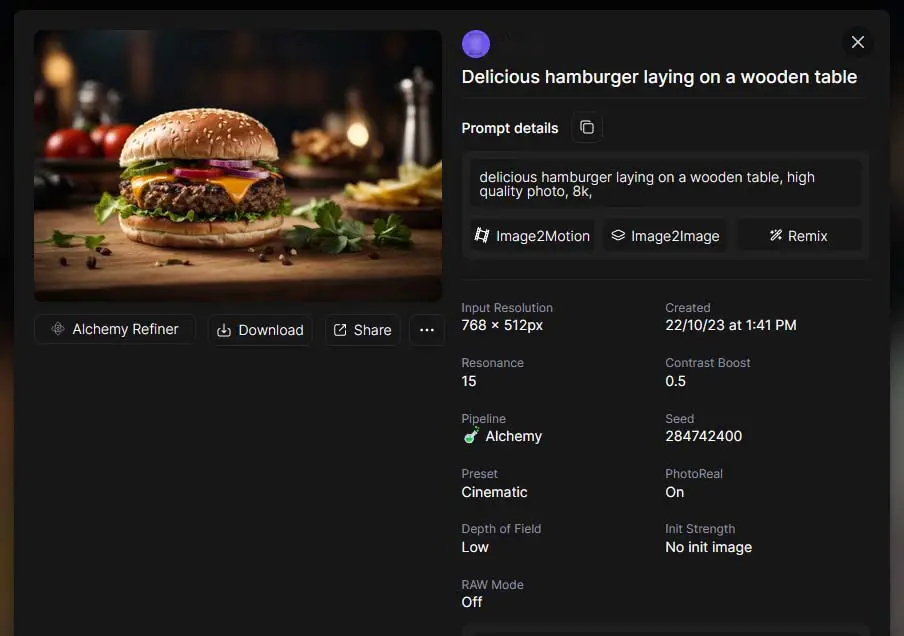
Leonardo.ai, as I’ve already mentioned, does use the basic Stable Diffusion and SDXL models and the checkpoints further trained and fine-tuned on these as the base for their image generation tool. Reportedly, all the “flavors” of the Leonardo models that are used by their online tool, have either some version of the base Stable Diffusion checkpoint, or the default SDXL model as their base, with certain changes and upgrades besides the fine-tuning process itself made by the Leonardo.ai team.
You can read much more about all the different checkpoints and generation pipelines that you can utilize using the Leonardo.ai image generation tool in their official documentation here.
This begs the question: can you get the same, or at least similar results with just a basic locally hosted Stable Diffusion checkpoint? The answer is rather simple.
If only you’re able to tweak the generation settings and/or fine-tune the basic Stable Diffusion checkpoint to match the style characteristics of the images output by the Leonardo.ai tool – yes. This however, will require a bit of experimentation and basic understanding of how Stable Diffusion works, and as Leonardo.ai don’t make the details of neither their model fine-tunings nor their actual image generation pipeline public, might prove to be pretty difficult.
Why You Might Want To Choose Leonardo.ai
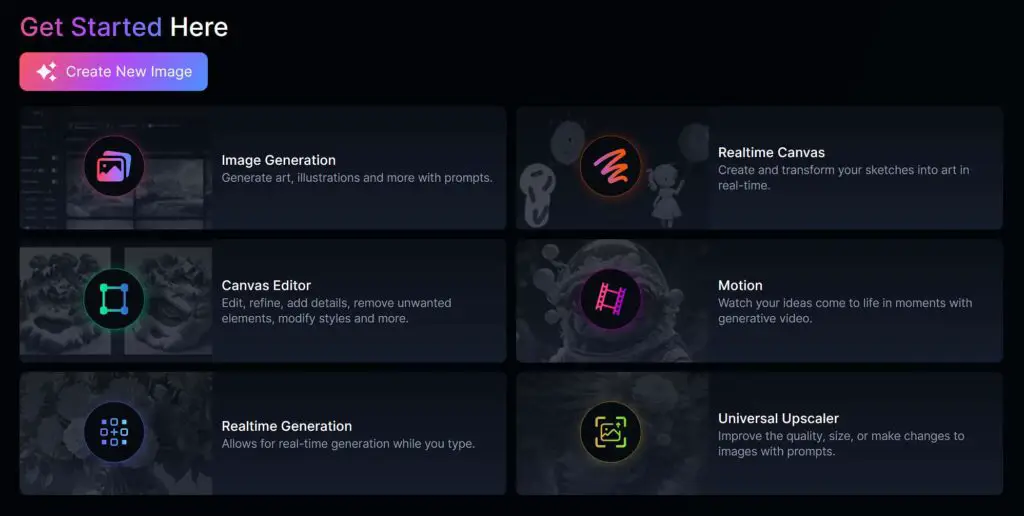
The Alchemy Engine available in Leonardo.ai paired with their PhotoReal image enhancement pipeline do a great job at letting you high quality generate images without messing around with fine-tuning your prompts and using negative prompts for long hours before you finally get the right combination for one specific image.
During my tests with the Leonardo.ai tool I found that in most cases, when the Alchemy enhancements are enabled, with the right starting settings you simply need to enter a short descriptive sentence to get a coherent image without any extra limbs, deformations or generation artifacts usually in the very first generation. If we’re talking about doing this on a local Stable Diffusion WebUI install, it will certainly take you more time, especially if you’re just starting out and getting used to the software.
Leonardo.ai also lets you generate AI videos using your images (also available in the free trial!). This is something which is also possible with a local Stable Diffusion install (for example with the Forge WebUI which I have a quick installation guide for here), however it does require much more horsepower from your rig, and is much more time consuming.
And Why a Local Stable Diffusion Install Could Be a Better Idea For You
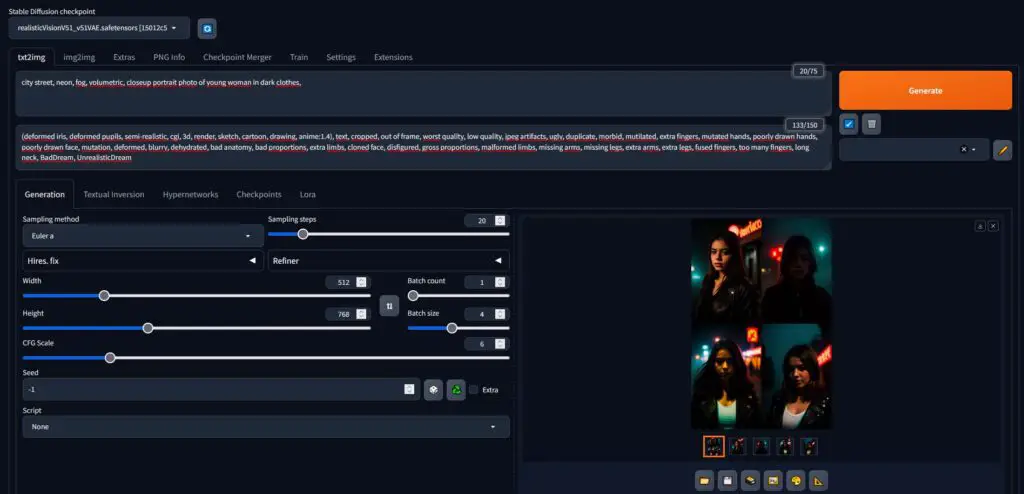
If you’re a true tinkerer at heart, and you already know some things about local image generation, you might want to abandon the thought of paying for a Leonardo.ai account (or trying out its free version after registration), and in turn get more customization options and more creative freedom with 3rd party plugins and add-ons to the local tools of your choice.
What may be even more important for you here is that when you’re generating your AI images using local tools like the previously mentioned Automatic1111 Stable Diffusion WebUI, WebUI Forge, or ComfyUI, your prompts, images and all the generation data never leave your PC. Many people do prefer that over trusting a company to keep their generation data private (which by the way you can do only with the paid Leonardo.ai account).
Check out also: How To Install Automatic1111 On Windows – Easier & Quicker Way

